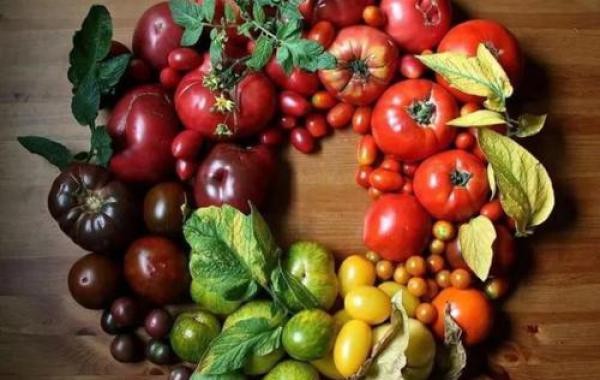

News briefing:
In the prevention and control of plant diseases and insect pests, it is necessary to follow the principle of prevention first and comprehensive prevention and control, implement the principle of agricultural control, physical control, biological control as the mainstay, and chemical control as the supplement. In addition, we must resolutely put an end to the use of highly toxic and high-residue pesticides to ensure the production of more high-quality, safe, and pollution-free vegetable products.
Disease control
Strengthen field management and enhance the disease resistance of vegetables themselves. Attention should be paid to cultivating strong plants. Fertilization should be based on decomposed organic fertilizers and phosphorus and potassium fertilizers, and attention should be paid to the adjustment and use of zinc, boron and other micro-fertilizers to enhance the body's disease resistance and disease tolerance. At the same time, it actively promotes micro-drip irrigation technology, promotes full mulching, reduces the air humidity in the greenhouse as much as possible, and blocks the transmission and infection of pathogens. In addition, the winter temperature is low, the light is weak, and the root absorption capacity is poor. Foliar sprays can be used to supplement plant growth needs. Foliar spraying with rice vinegar can inhibit bacteria and repel insects. When mixed with sugar and superphosphate, it can not only play the role of extra-root top dressing, but also increase the sugar content of mesophyll and improve cold resistance.
Chemical prevention and control of common greenhouse vegetable diseases mainly include: melon downy mildew, gray mold, powdery mildew and night blight, gray mold and blight of solanaceous fruits. Downy mildew can be controlled with 2% Wuyimycin 100 times solution, 75% chlorothalonil 600 times solution, or Dupont Kelu 500 times solution. Botrytis can be controlled with 50% Nongliling 500 times liquid, 20 grams of proteolone and 15 kilograms of water for spraying, or with 250 grams of 20% Tecton aerosol and 1 kilogram of 10% Wanmylin powder per acre. Powdery mildew can be prevented with 15% Fenmeining wettable powder 1500 times or 50% sulfur suspension 300 times. For late blight, you can use 60% Wanyejing wettable powder 500 times to 600 times liquid, 20% Shuangyeqing wettable powder 600 times liquid, 80% ethyl phosphine aluminum 1000 times liquid or 47% Garinon WP 800 times liquid Liquid for prevention and control, and 1 kilogram of chlorothalonil dust per mu of land can also be used to spray powder. The disease can be controlled with 47% Garinone 500 times solution or 72.2% Priquex liquid 600 times to 700 times solution.
Pest control
Greenhouse vegetable pests mainly include whitefly, aphids, leaf miners and so on. These pests can not only directly affect the growth of vegetables, but also spread all kinds of viruses. In the management, attention should be paid to timely prevention and control. Aphids and whitefly can be trapped and killed by yellow boards, that is, hang yellow sticky insect boards or yellow slats in the greenhouse, coat them with a layer of oil, and hang 30 to 40 pieces per acre to trap and kill pests. Aphids can also be used. Once the lice are fumigated, fume control is performed. In addition, whiteflies can be controlled with high-efficiency pesticides such as pushaling wettable powder 1500 to 2000 times liquid, Yibianjing wettable powder 2000 times liquid, or Mite King, Mie Sha Mi and other high-efficiency pesticides. Aphids can be controlled with pyrethroid pesticides. For leafminer, you can use Misauli EC 2000 times, Spot Latent Net 1500 times, Dikill 2000 times, Zhongbao No. 4 EC 1500 times to 2000 times, Caimeijing (ie 30% Xinmei EC) 1500 times liquid to 2000 times liquid or 40% Lv Caibao EC control. Fumigants and dusts should be used in the prevention and control, and spray as little as possible to avoid excessive humidity in the shed to help control the occurrence and spread of diseases.